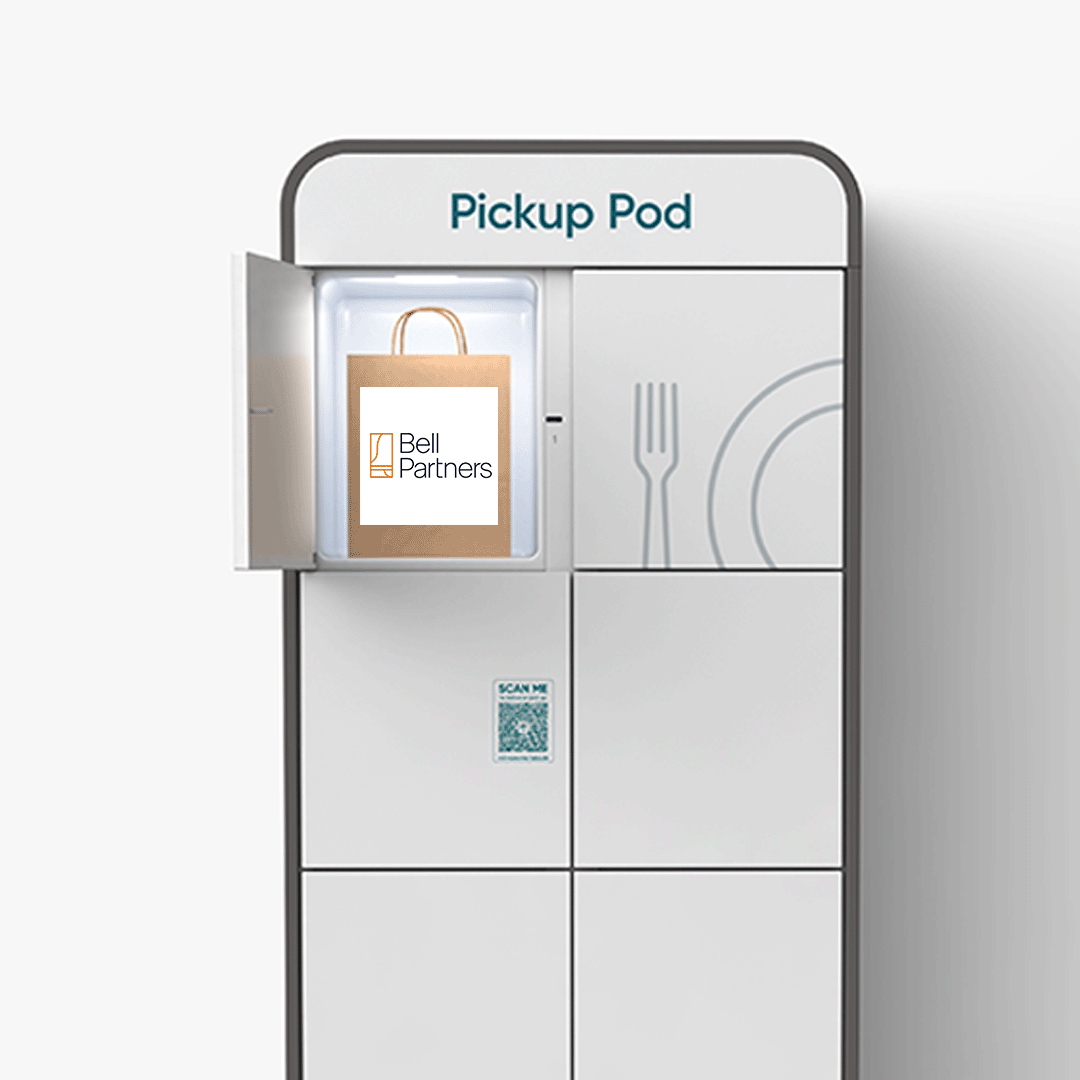Think back to the last time you ordered takeout. Maybe you were stuck on a late work call or simply didn’t feel like cooking after a long day. You tapped a few buttons, tracked the delivery, and really hoped that it would still be warm by the time you found it on the lobby floor. But by the time you got downstairs? Cold fries, soggy wrappers, maybe even a half-open bag if someone had gotten curious.
Sound familiar?
Food delivery isn’t new, but the way we’re receiving it… That’s changing fast. Not just because we’re ordering more (we definitely are), but because the stakes around convenience, safety, and timing have never been higher. And quietly, without much fanfare, smart food lockers are stepping in as the unsung heroes of this shift.
These aren’t gimmicks. They’re not some over-the-top amenity trying to impress renters with flashy tech. They’re functional, thoughtfully designed systems solving a problem that’s gotten far too big to ignore.
Delivery Chaos: A Problem Hiding in Plain Sight
Let’s paint a scene: it’s 6:30 p.m. in a high-rise downtown. Tenants are wrapping up their days. The front desk is flooded not with people, but with brown paper bags. Food deliveries. Some hot, some cold, all piling up like a game of edible Jenga. A courier buzzes a unit and waits. Another one drops a meal on the wrong floor. Someone’s pad Thai goes missing.
It’s not just inconvenient, it’s messy, frustrating, and frankly, a little chaotic.
We’ve normalized it, somehow. But the truth is, buildings weren’t designed to absorb this kind of volume. They were built in an era before every resident had three apps on their phone promising tacos in under 30 minutes.
And in this age of instant everything, that last step of the food journey, the handoff, has become a pain point we can’t ignore anymore.
The Birth of a Smarter Solution
Here’s where smart food lockers come in.
If you’re picturing a metal cabinet with little doors, sure, you’re not wrong. But they’re more than that. These are temperature-controlled, digitally connected units that make food pickup seamless, secure, and downright pleasant.
Couriers walk in, enter a code, and drop the meal into a cubby. The system sends a text to the recipient. No knocking. No awkward exchanges. No lukewarm burgers waiting on the floor.
For the resident, it’s as easy as grabbing their food when they’re ready without rushing, without wondering if it’s still there.
And for the building? No more congested lobbies. No more staff fielding delivery mix-ups. Just calm, clean, and efficient.
More Than Convenience: It’s About Trust
When people talk about smart food lockers, they often lead with convenience, and sure, that’s a big part of it. But let’s go deeper.
At its core, this tech builds trust.
Trust that your sushi won’t vanish before you get to it. Trust that your vegan wrap won’t be swapped for someone else’s pepperoni pizza. Trust that your meal hasn’t been left out for hours or rifled through by mistake.
That kind of peace of mind isn’t just convenient, it’s invaluable. It turns a basic delivery into a reliable experience. One that doesn’t require you to hover near your phone or sprint to the door when the app buzzes.
Smart food lockers create space literally and figuratively for better living.
Feeding a Lifestyle, Not Just a Meal
Our lives aren’t slowing down. Between meetings, errands, gym sessions, and that one show you swore you’d finish last weekend, there’s not much time left to cook. That’s why so many people are leaning into delivery not just as a convenience, but as a lifestyle.
Breakfast smoothies, lunch bowls, post-work poke, and late-night snacks are all showing up at our doors faster than ever. And this shift isn’t just happening in major cities. Suburbs. College towns. Even corporate campuses. Everyone’s in on the delivery game.
The problem? We’ve outgrown the old systems. Leaving food out in the open? That might have worked when delivery was rare. Now, it just feels careless.
Smart food lockers meet us where we are: mid-scroll, mid-meeting, and mid-mess. They fit the rhythms of modern life instead of disrupting them.
A Quiet Revolution in Design
What’s interesting is how unobtrusive these lockers are. They don’t scream “tech.” They don’t flash or beep or try to grab attention. They just sit there, quietly solving problems, improving lives.
And in a world that’s increasingly noisy, where every app, platform, and service is competing for your attention, there’s something refreshingly calm about that.
The lockers do their job, and they do it well. No drama. No confusion. Just reliability, every single time.
It’s a kind of luxury that doesn’t flaunt itself because it doesn’t need to.
Beyond the Lobby: A Future Full of Possibilities
Right now, smart food lockers are most often seen in residential buildings, particularly multi-unit ones. But the potential goes far beyond that.
Imagine them in offices. Hospitals. Student housing. Airports. Wherever people are hungry and busy and just want their food to be ready and safe and there.
The model works. It scales. And as more spaces look to balance high delivery volume with limited staff and even tighter schedules, these lockers could quietly become part of our everyday landscapes.
We may not even notice them after a while. They’ll just be… part of the rhythm.
Final Thoughts (Without the Sales Pitch)
It’s funny, isn’t it? Something as ordinary as food delivery has evolved into such a massive logistical challenge and also such a beautiful design opportunity.
The rise of smart food lockers is a reminder that real innovation often happens in the quiet corners. It doesn’t always need to be loud to be transformative. Sometimes, it’s as simple as making sure your lunch shows up just right, every time.
And in a world where time feels short and demands feel high, that small promise? It matters more than you think.





















